Statewide Seat Belt Enforcement One Week Away
/An advertising campaign that launched Click It or Ticket enforcement zones in 2005 is returning to TV and radio today, warning motorists about stepped up seat belt enforcement slated to begin in a week. The message remains relevant for the annual mobilization designed to reinforce the importance of seat belt use. Michigan has one of the highest seat belt use rates in the nation, with 94.5 percent of drivers and front seat passengers buckling up in 2011. This is down from the record-high use rate of 97.9 percent in 2009.
While Michigan seat belt use is high overall, it drops to 87 percent for teens and young adults. Seat belt use falls to nearly 85 percent for male teens and young adults in pickup trucks.
“Advertising is meant to encourage motorists to buckle up and avoid a citation,” said Michael L. Prince, director of the Michigan Office of Highway Safety Planning (OHSP), which plans the annual statewide awareness and enforcement campaign. “Messages and zone signs are all intended to promote seat belt use.”
Seat belts remain the primary safety device in passenger vehicles; when used correctly, they reduce the risk of death by 45 percent, according to the National Highway Traffic Safety Administration. Despite high observed rates for seat belt use, about half the vehicle occupants who die in Michigan traffic crashes are unbuckled.
The campaign, dubbed “How it Works,” showcases enforcement zones that use law enforcement spotters to look for unbuckled motorists. Information is then radioed to other officers working in the zone area who make traffic stops. Enforcement will involve local police departments, sheriff offices and the Michigan State Police. Focus groups with young men indicate they are more tuned in to messages that focus on the cost of a citation than information regarding the safety benefits of buckling up.
The combination of awareness efforts and enforcement zones has been instrumental in helping to increase seat belt use in the state.
A statewide effort, Click It or Ticket is entirely funded by federal traffic safety monies. The campaign includes radio, TV, cable, billboards, cinema and web-based advertising. It will be seen in all media markets.




